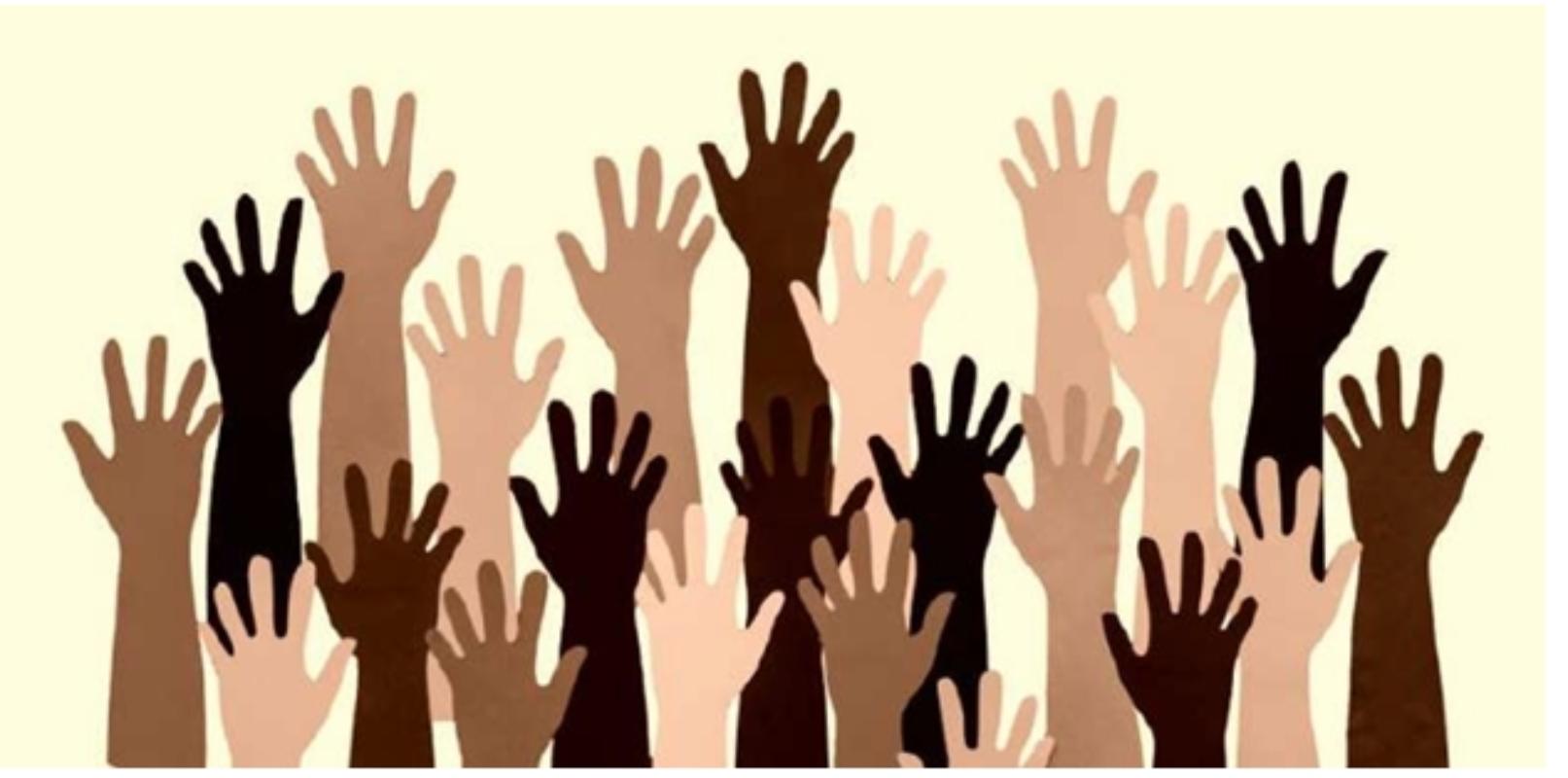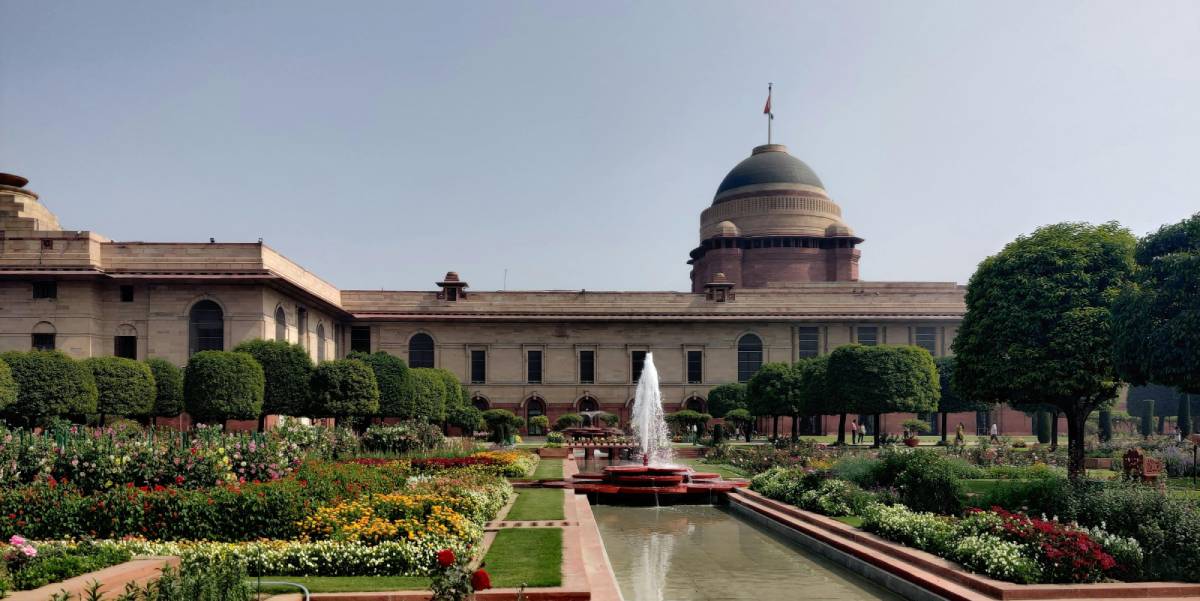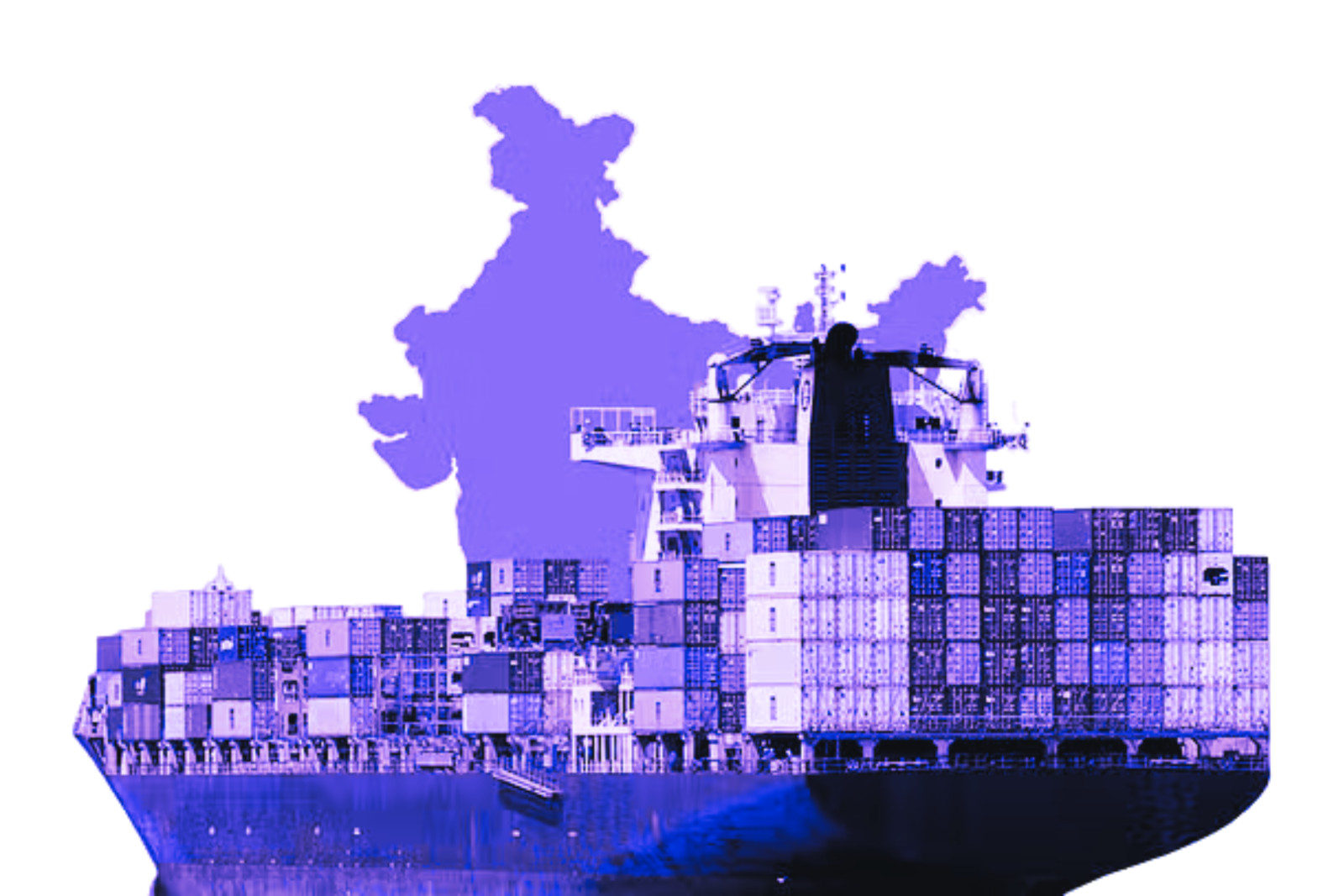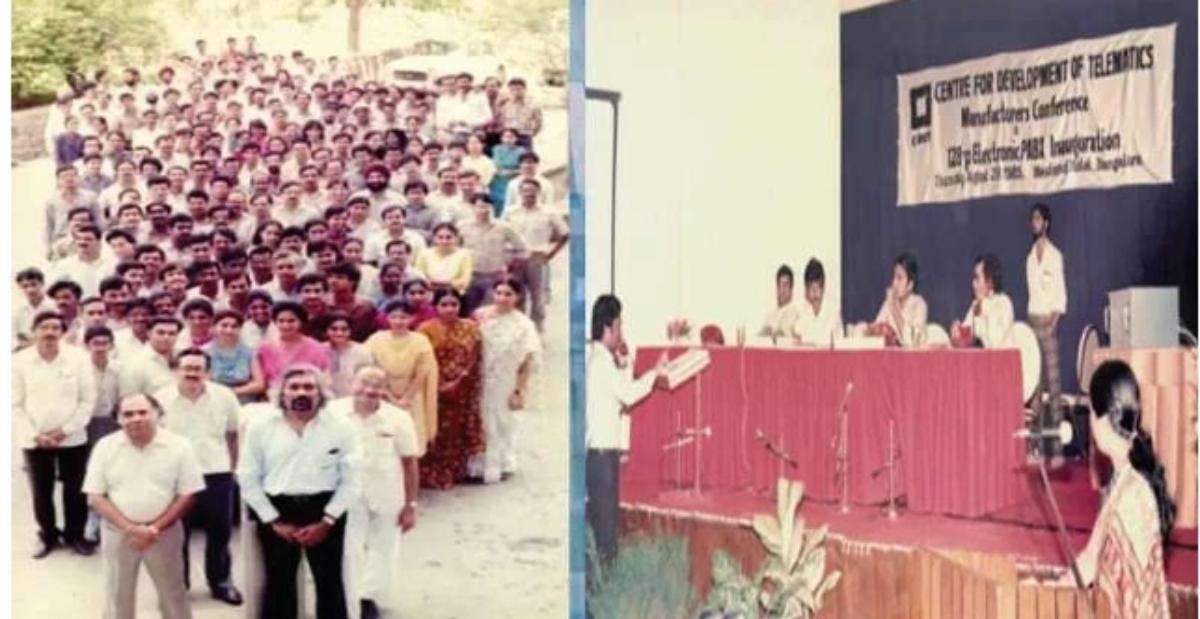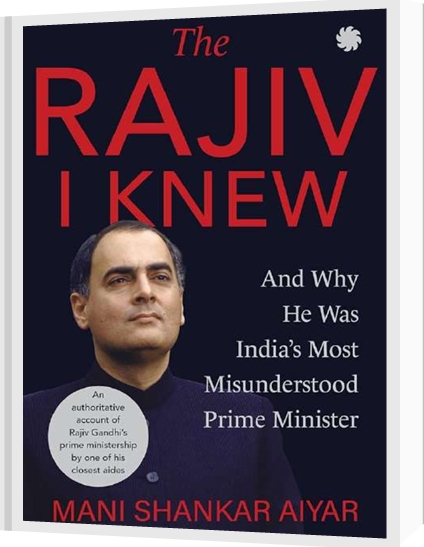The decline of public institutions in terms of their delivery to the poor and the disillusionment of the poor with the public institutions have provided an opportunity to the right wing scholars to raise their voice high on deregulation, reducing public expenditure, reduction of social services and privatization rather than on people’s participation in governance, responsiveness of the public institutions to the needs of the poor and more effective forms of democratic state intervention. In this context, the new dispensations, namely, decentralization of power and empowering people have come to occupy the centre stage in the discourse on governance.
Introduction
Representative democracy is a widely accepted form of governance in the world now. Today more than 50% of the people live under democratically elected governments[1]. Movements are still on to democratize governments and society. It is to be noted that wherever representative democracy has been established as a form of government, still activities are on to democratize the institutions, the organizations and the society.
Further, movements have gained voice to get services from the governing institutions which are under the democratic mode. At the same time it is to be pondered whether the countries which are under democratic governance have delivered the goods to the public and maintained peace and harmony among the social collectivities and regions. If yes, how are these democratic governments able to evolve to cope with the new demands and the new pressures emerging from the social collectivities in the given context? If no, why have not these democratic governments delivered the goods? Where have these democracies derailed? This has to be analysed.
Analyzing a country which is known for its puzzle and paradox will throw ample light on the problems, issues and trends in the process of democracy and development. India being the best case, such an analysis has to be made on Indian polity and democracy.
The analysis of 50 years of democratic governance has brought out the fact that democratic governance has recorded substantial achievements, delivery of goods and services to the privileged, the ruling elites, the middle class and the poor to some extent. But, as for mitigating poverty, maintaining law and order, meeting the basic expectations of the poor, making them participate in the decision making, the government institutions do not have the adequate capacity [2].
There are many questions unaddressed in the development and democracy discourse. Is the development which the state institutions pursue the right kind of course needed for a society like India and is the type of democracy which has been pursued the right kind of democracy to address the issues of the people?
Both the exponents of democracy and of development do not agree with the present trend of achieving development and the present process of democracy. It is unequivocally demonstrated that both are in trouble.
Then what is the alternative arrangement in the orbit of governance? How can the emerging discontented groups be accommodated in the economic activities and in the process of decision-making and how are the development activities to be reframed?
Ills in governance
Generally governments are shaped and oriented by short term populism, corruption and the self-interest of political elites. Having seen the negative implications of the government actions, international agencies switched over to the market for appropriate solution to the existing problems.
Even the market failed to provide adequate solutions in the areas of inclusion, poverty reduction, environmental protection and public services.
It is not only in India but also throughout the world, both north and south, that citizens speak of mounting disillusionment with the government, based on concerns about corruption, lack of responsiveness to the needs of the poor and the absence of a sense of connection with elected representatives and bureaucrats.
The discontented groups are multiple in number and complex in character and hence a framework should be designed which should have the capability to accommodate the largely varied groups in the system very actively in the economic and political domain.
Further, the system should have the capability to mitigate poverty and reduce corruption, which afflict the society and lead to the emergence of discontented and marginalized groups.
This syndrome prevails in many of the developing countries which have borrowed representative democracy from the west and have not evolved as vibrant democracies by incorporating indigenous characteristics and thereby addressed the major issues of the society.
The whole world is in search of better governance and it becomes a pressing issue for citizens. In many countries people organized public protest movements and they demanded systemic changes in government.
A key challenge now is the construction of new relationships between the citizens and governance[3]. It is unequivocally brought out by the World Development Report (2000-2001) that many poor people around the world perceive large institutions, especially those of the state, to be distant, unaccountable and corrupt. It is further validated and confirmed by other studies that, from the perspective of poor people in the world, there is a crisis in governance[5].
A large number of institutions are involved in ameliorating the conditions of the poor. Yet the poor are excluded from participation in governance. Government institutions and departments are neither responsive nor accountable to the poor. The poor are treated with arrogance and disdain.
Poor people feel that they are helpless and they see little protection against injustice, criminality, abuse and corruption by institutions. Not surprisingly poor men and women lack confidence in state institutions even though they still express their willingness to partner with them in development activities.
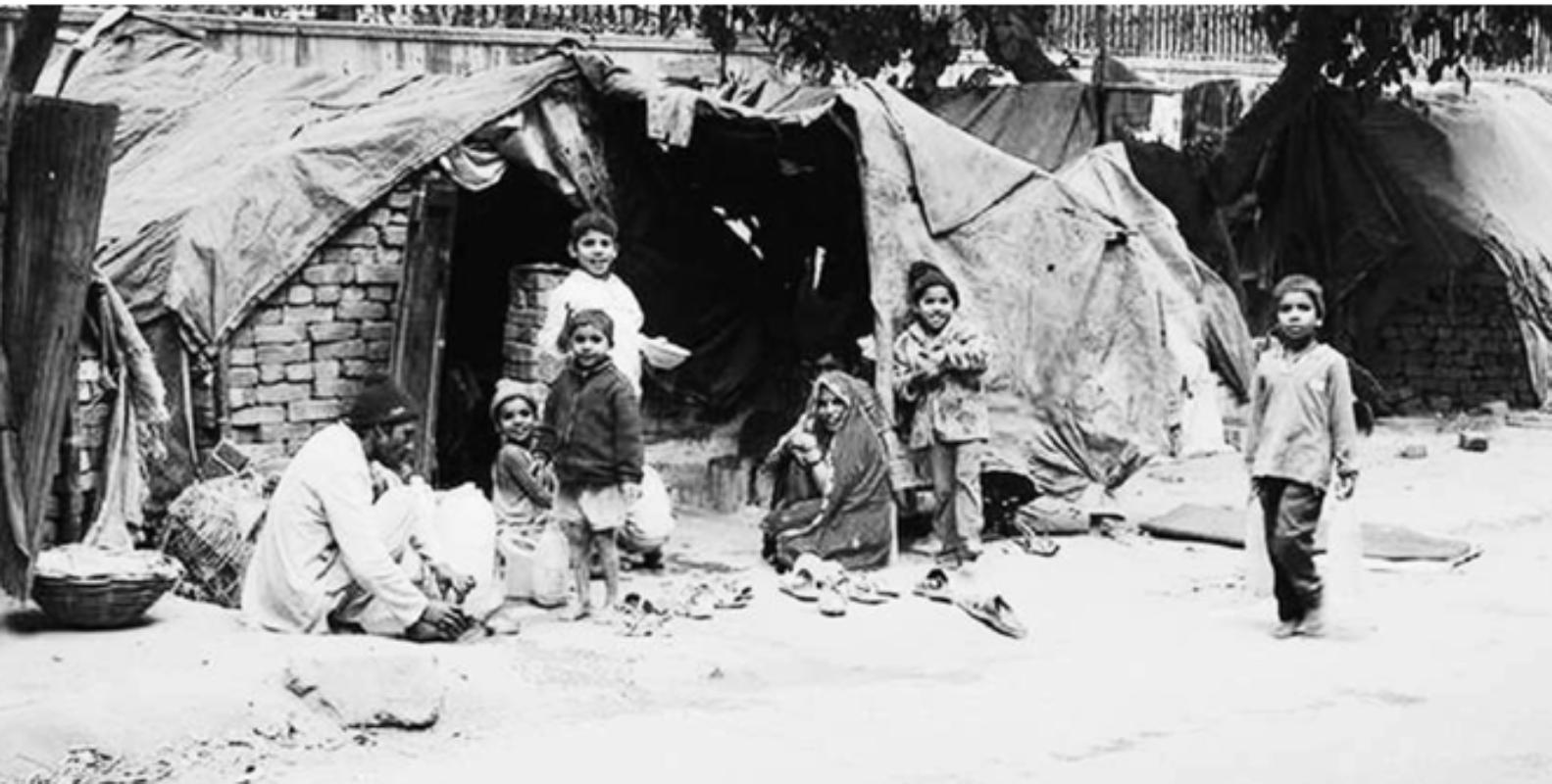
People are disillusioned with governments as they are corrupt, non-responsive to the needs of the poor and allow no space for the people to correct them. The above malaise has afflicted all the segments in the world, both developing and developed. Yet another shocking symptom is the weakness or lack of public commitment to local democracy[7].
In search of solution
Though the ills of representative democratic systems in societies which have feudal thought process were predicted much earlier, the real picture emerged only at the time of the advent of globalization. In many countries measures to bring the government ‘closer to the people’ through decentralization and devolution have prompted shifts in approaches to service delivery that have widened spaces for citizens’ involvement. At the same time the increasing marketization of service delivery in many countries has introduced new roles for those who were formerly the beneficiaries of government services.
Users have come to be seen as ‘consumers’ or ‘clients’ and civil society organizations have become significant co-producers of what in the past were largely state functions. It is a dangerous trend that the state is off- loading its larger social responsibilities to private or non-governmental players. It has compounded the problem further.
Service institutions are already non-functional service units in the rural areas. But these units are eating away the public purse yet people do not have any hold over them and as a result they rely on private service agencies by paying money. Poverty stricken people, instead of coming out from poverty trap, are moving into the poverty trap, because of the fact that they have to pay for the services derived from private agencies whether it is for health or for primary education.
In this context, throughout the world, a uniform solution has been found, that is, devolution of powers and development with a theory of subsidiarity. But the nuances of practicing the decentralization process vary from society to society or region to region.
Local conditions determine the nature of decentralization. This new solution is not borrowed from the west like our representative democracy but it is based on the exercise and re-examination of the traditional forms of political representation. While making this exercise it is found that direct democratic mechanisms are increasingly being drawn upon to enable citizens to play a more active role in the decisions which affect their lives.
Here also the question unanswered is: how can the weak and meek move into the corridors of power. This is followed by the efforts to deepen democracy through decentralization of powers from the federal government to local institutions through State governments. Democratic decentralization and participatory governance are in the development discourse due to the growing sense of disillusionment with centralized governance[8].
Governance at present is being performed by different agencies at different levels in a widely spread spectrum. It is strongly believed that in a decentralized process of governance the opportunity is wider for people to participate and it provides a wider representation to hitherto marginalized social segments [10]. It is quite significant that movements are on for the deepening of democracy and the decentralization of powers[11].
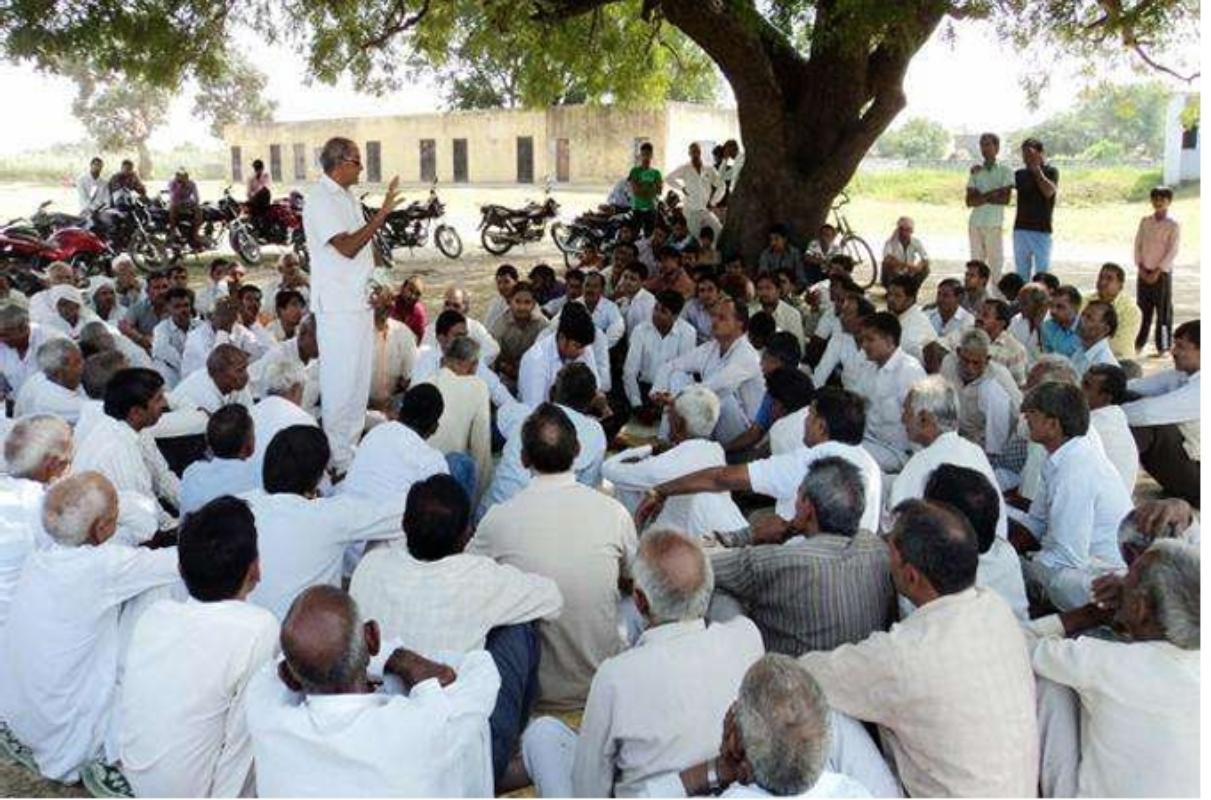
The Paradox
Yet another movement is gaining momentum which is called globalization of the economy. Like democratic decentralization, globalization of the economy is also a significant movement in the world [12]. However, this throws up a paradox: while the economy is globalized how can power be decentralized? One should not estimate that globalization will produce positives alone.
Globalization and decentralization will bring opportunities as well as threats and how they are handled by the human collectivities will determine the course of development. As aspiration for democracy and development increases among the people of the world, it is presumed that human collectivities will identify the opportunities and work for prosperity and avoid the threats.
India has a remarkable record of achievements in socio-political and economic realms and equally in maintaining a relatively stable and competitive democracy in spite of diverse social and economic groups with variegated interests and conditions.
People are dissatisfied with the way our democracy functions. Some even argue that democracy has failed the people. It has come to the stage of declaring that we are incapable of working out democratic institutions.
As proof, they point to the growing criminalization of politics, the venality of the political class and the anarchy marking our legislatures. The rich and the middle class make observations and stop there. The poor are deprived of electricity, road, good drinking water, sanitary conditions, social infrastructure and yet they are the people who keep our democratic system surviving by casting their franchise. The rich get all facilities and abstain from performing their earmarked responsibilities.
The Indian Constitution, which is the product of the freedom struggle, unequivocally underlines the responsibilities of the State from Article 38 to Article 51 in the following areas: “securing a social order for the promotion of welfare of the people,” “ensuring adequate means of livelihood,” “ensure the ownership and control of the material resources of the community .are so distributed as best to subserve the common good, and the operation of the economic system does not result in the concentration of wealth and means of production to the determinant.” Governance has to be furbished at the grassroots with “units of self-government” in each village.
In all the above areas how we have performed is the major question. By subverting self-government at the grassroots by centralizing the governance activities, people’s voices are mutilated and development activities are made captives of the administrative machinery.

The Commonwealth Foundation, in its study, has brought to light the increasing gap between the people and the government and the ill-treatment meted out to the people at the hands of the government. How to redeem the society from the deep malaise which afflicts it is a big botheration for many [13]. With the introduction of the new economic movement and new formal and legal institutions for governance at the grassroots advantage is a central question to be examined.
Decentralization and participation
Decentralization is an instrument by which the bases and framework of democracy will be strengthened. Decentralization will be very effective only if people participate in the whole process. So it draws the attention of the whole world. Around eighty countries in the world are moving towards decentralization. Steps are on to strengthen local democracy by increasing the participation of the people in decision making for achieving development. In the present context, the concepts of decentralization, governance, people’s participation and globalization have generated a debate on their meaning and their implications.
Before moving into the discussion, the related concepts have to be defined clearly for a clear better understanding of the discourse on decentralization and participation. Decentralization is a process of devolving powers from higher level authoritative bodies to lowest level institutions in the society for governance.
Participation is an act by which the stakeholders involve themselves either on their own or on compulsion in activities right from deciding things to evaluating the same activities which affect their lives directly or indirectly. It is also imperative to understand the backdrop of the decentralization of powers and the participation of people in governance and development.
It is a paradox that for globalization of economy there are protests from all sections of the society and many of such protests are violent also and yet activities are on in a framework developed by the WTO and governments are working vigorously knowing fully the negative implications of globalization.
On the contrary though there is open support from all segments and no protest against decentralization of powers yet governments are not so vigorous in devolving powers to the local institutions to act as autonomous institutions.
Even the people do not realize the full implications of decentralization of powers. In the domain of decentralization of powers participatory governance is the attractive solution for many problems of many groups and for different aspects of development. Participatory governance is about making government more inclusive and more effective in poverty reduction.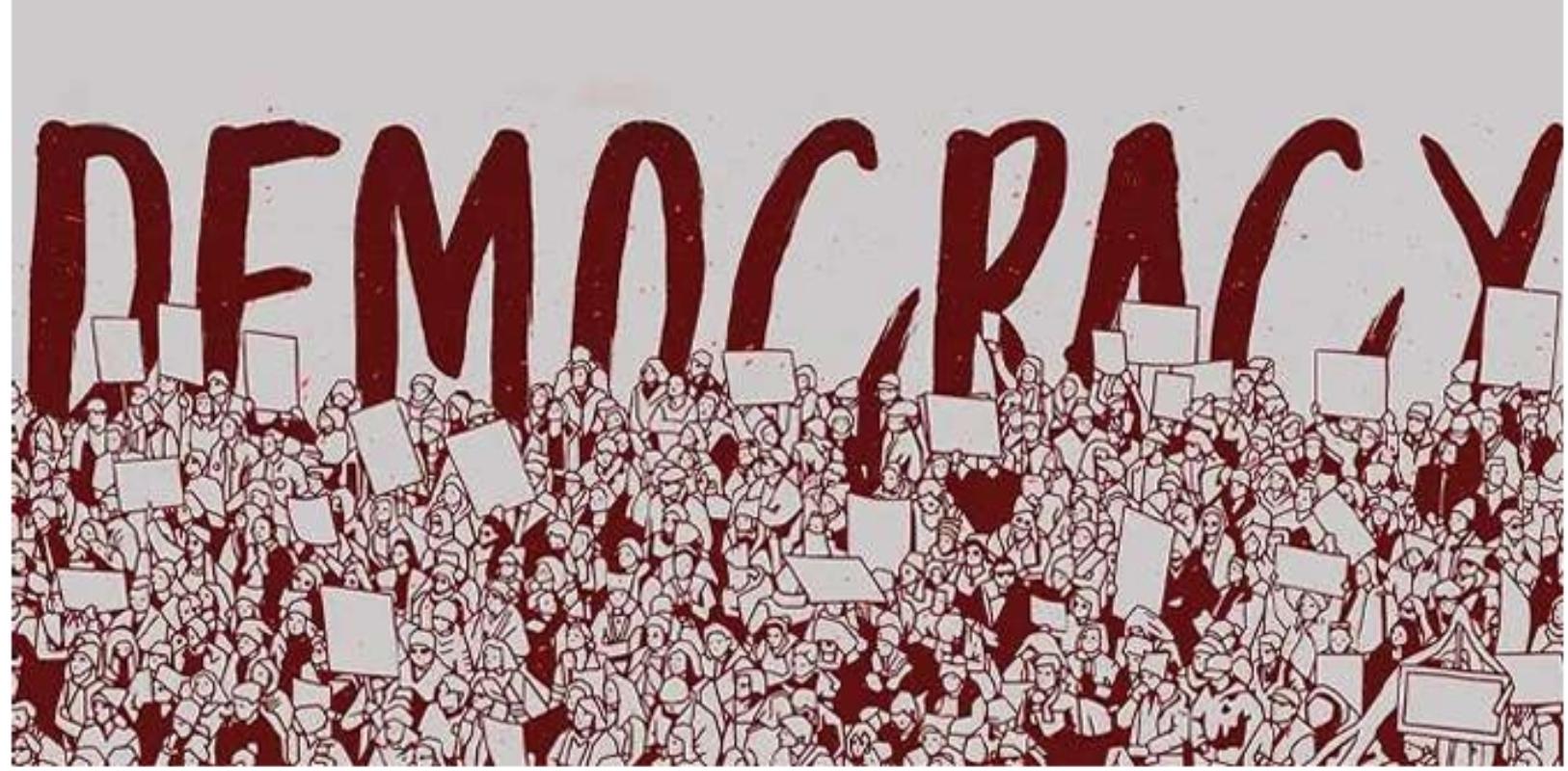
Participatory governance will help the poor and marginalized groups to protect their self-respect and self- esteem. It provides scope and space for organized activities of civil society groups. It further provides scope for generating new kinds of leadership at the grassroots committed to development and closer to people. It essentially builds the capacity and capability of the people in managing their affairs with the help of local institutions.
Resilience of participation
People at the local level organize themselves and protest against the actions of governments. They are being guided by the civil society or the political parties. Affected individuals and groups join together under the guidance of the NGOs or any other civil society organizations. They conduct protest marches and agitate for correcting service delivery systems such as water supply, public distribution. They are micro in nature.
Their activities are short-lived. By making ad hoc arrangements government institutions are tackling these micro movements. There are other groups such as organized women under the banner of SHG (self-help groups). They organize themselves for activities and they are proactive and passive but at the same time they also highlight the issues by which they draw the attention of the government. Massive mobilizations are taking place but they are passive. There is yet another group, independent and active in decision-making. They are the temple committees.
Temples are owned by the communities. They take independent decisions and one could witness active participation of all segments in this committee which is highly democratic in character. One missing element is women. They are autonomous in every aspect. Yet another group is the traditional community committee managing the commons. They perform the job very well in managing the commons with the active participation of all stakeholders excepting women.
Whenever they need any help from the government department, they seek the same also. There is the fishermen’s Panchayat. Fishermen have organized themselves for their fishing activities. They collect taxes also. They settle disputes on inter and intra group conflicts. On all occasions they meet and take decisions. Government departments go with the traditional system. But there are no women in the committee.
The above mentioned cases are the best examples to demonstrate the fact that there is resilience of participation among the people. But their participation is narrow and sectoral and not legitimized. After the emergence of the modern state, many of the activities of the communities have been taken away from them and they have been vested with departments of the government.
Government departments have taken over a variety of functions and responsibilities. Many of the services to the community are being delivered by various departments and they are not well regulated and supervised by the participatory management of the people through a system. As a result one can see the poor performance of public institutions.
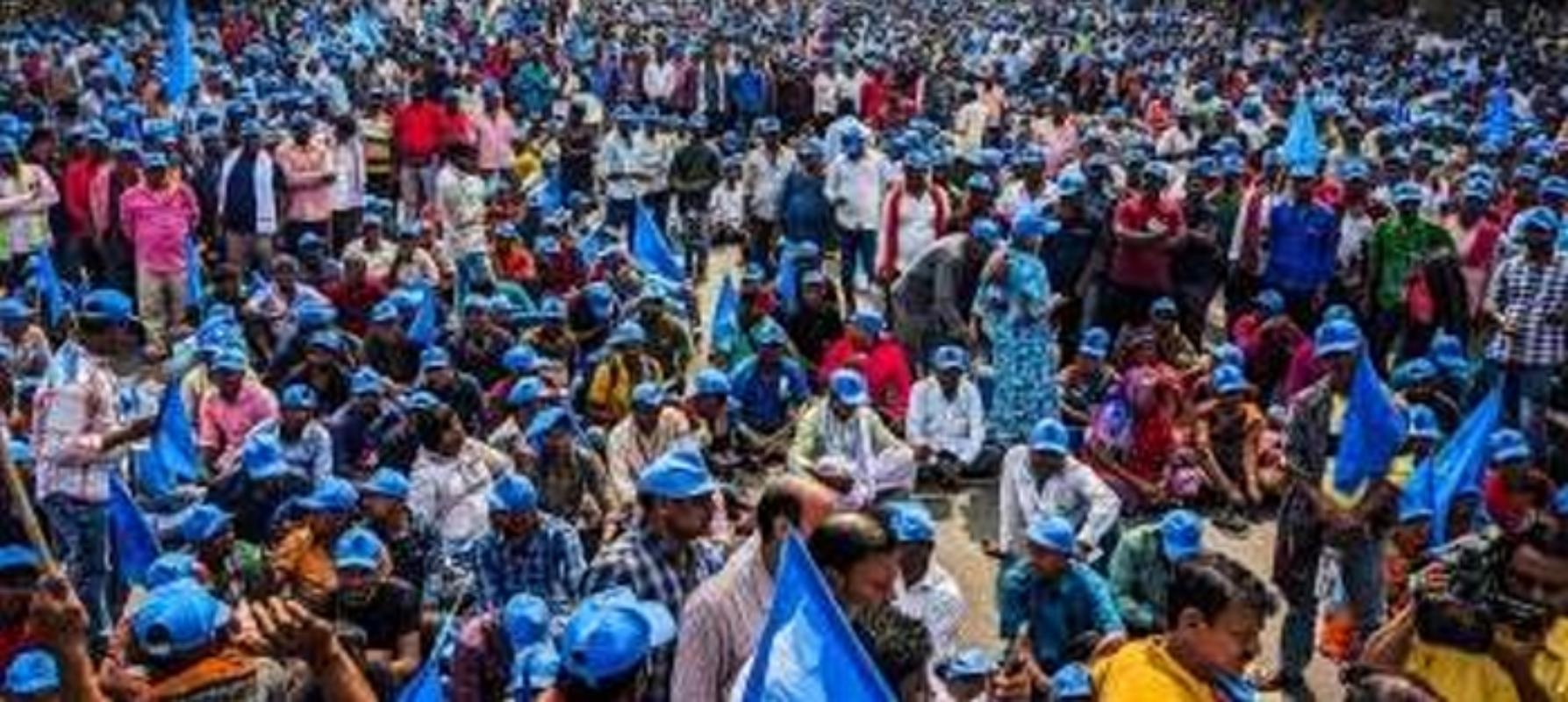
New opportunity
The decline of public institutions in terms of their delivery to the poor and the disillusionment of the poor with the public institutions have provided an opportunity to the right wing scholars to raise their voice high on deregulation, reducing public expenditure, reduction of social services and privatization rather than on people’s participation in governance, responsiveness of the public institutions to the needs of the poor and more effective forms of democratic state intervention[14].
In this context, the new dispensations, namely, decentralization of power and empowering people have come to occupy the centre stage in the discourse on governance. It is not an exclusively Indian phenomenon. It is a global phenomenon. But the global phenomenon takes shape and root in India also through reforming governance and this reforming governance takes shape through a series of Constitutional amendments. Of the amendments, the 73rd and the 74th play a significant role in transforming the character of our democracy from representative to participative democracy.
Of the two historic Constitutional Amendments, the 73rd created an opportunity for the people to participate in the process of governance and development. Making the people participate in the process of governance and development is not easy as they have been driven away successfully in the past five decades from the governance and development domain.
The bureaucracy has occupied the space vacated by the people but it does not perform the role assigned to it as it has been oriented to act in accordance with the directions of the higher ups. Roughly 40% of the people are always on the periphery and not in the system as participants. They have been branded either as beneficiaries or as petitioners. They are also complacent with the designation as they want to remain in the same space without any responsibility.
In a democracy, they are the vibrant voters and their demands cannot be ignored. Their demands are not complicated. Their main demand is to keep their names in the BPL list and be provided with doles.
The political climate is such that populism becomes the mainstay in politics for securing votes. Now it is competitive populism. As a result development takes the back seat. But the 73rd Amendment to the Constitution of India brings a totally new paradigm which emphasizes the fact that the beneficiaries have to be transformed into development participants. Economic development is the task of the community for which they have to plan. The government will facilitate the endeavour and the initiative of the community. To make it happen, it is necessary to create a new mindset.
To perform the above task the participation of the people is an imperative. Before moving into the domain, the meaning of the concept has to be cleared. The concept of participation is perceived differently by different stakeholders and individuals. Participation means a kind of local autonomy in which people discover the possibilities of exercising choice and thereby becoming capable of managing their own development[15]. The UNESCO document defines participation as “collective sustained activity for the purpose of achieving some common objectives, especially a more equitable distribution of the benefits of development”.[16]
It happens in the temple festival committee, the committee managing the commons in the villages, self- help groups and other rural traders’ guild but not in the Panchayat. Participation takes place in Panchayat at a limited level. The real purpose of participation is to develop human capabilities for development, decision-making and action.
Participation should have some key components: a. it must start from the lowest; b. participation must take place at all stages; c. participation must focus on the issues of the poor; d. participation must be on substance and issues; e. it alters existing leadership arrangements; f. it alters the style of leadership; g. it brings about conflict also in allocating resources.
To operationalize the above points, steps have been taken and ten key ideas have been generated for putting the theory into practice. They are: level of participation, initiation and process, control, power and purpose, role of the practitioner, stakeholders and community, partnership, commitment, ownership of ideas and confidence and capacity. At present, generally, participation is conceived as a phenomenon related to rural development.
Organizations are plenty and they do their functions as they assume. But the predominance of government institutions has prevented the participation of the people in governance to decide their economic activities. Participation now anchors on the process of decision making.
After a long gap participation has been made a reality through the 73rd Amendment to the Constitution of India by creating a Gram Sabha in every Gram Panchayat. The Gram Sabha is an assembly of the people who have registered as voters in the Panchayat area. This provision of creating the Gram Sabha has transformed the very character of democracy from representative to direct and participatory democracy.
The 73rd Amendment has created the Gram Sabha but activating the Gram Sabha depends on the State Government and the Panchayat leaders. The whole process of development is changed topsy-turvy by which the supply driven development activities have changed into demand driven activities and that too through a planning process with the active involvement and participation of the people.
When we talk about the participation of the people in the process of development, it should mean participation of the marginalized, socially excluded categories like Dalits and women. Their participation is more important as socially and politically empowered groups are always participating in governance and share the spoils. The new dispensation provides this new opportunity to these groups hitherto neglected, oppressed and unattended to.
Here one has to clearly understand the new meaning of the term and the process. Participation means, it includes the women and Dalits in decision making and hearing the voices of the above groups for decision making.
But there is always a potential danger in this new opportunity as social groups will organize and reorganize themselves to suit the new requirements as women and Dalits are fielded as candidates on behalf of the husband or family and the higher caste groups. [17] The marginalized groups are present in the power structure but they are not independent as they are under the influence of the backseat drivers.
So participation has to start from the Dalits and women that too poor ones. The participation has to be in all stages from the consultative process with the aim of making the poor Dalits and women the owners of development. This has to continue from decision making to, monitoring, evaluation and implementation of all development activities.
Participation should be focused more on the issues of the poor. Normally in the whole process one will witness conflict as new groups come to assert themselves and thereby it will alter the leadership–either the leadership style of the present leader would be changed or the leader himself will be changed. Thus participation will bring the government closer to the people or the people will move closer to the government.
People will raise their voices collectively through legitimate institutions for substantial issues of the poor people. Such a wonderful opportunity comes through this new dispensation. But it needs concerted effort on two fronts.
The Government at the higher level has to create such an ambience and civil society have to mobilize the people for a new dialogue, discourse and discussion on development issues.
But the moot question is to what extent the provisions of the Constitution are translated into action. It is obvious from our experience that many of the vital provisions of the Constitution have not been translated into action [18]. In this context, a new provision in the Constitution creates a new opportunity.
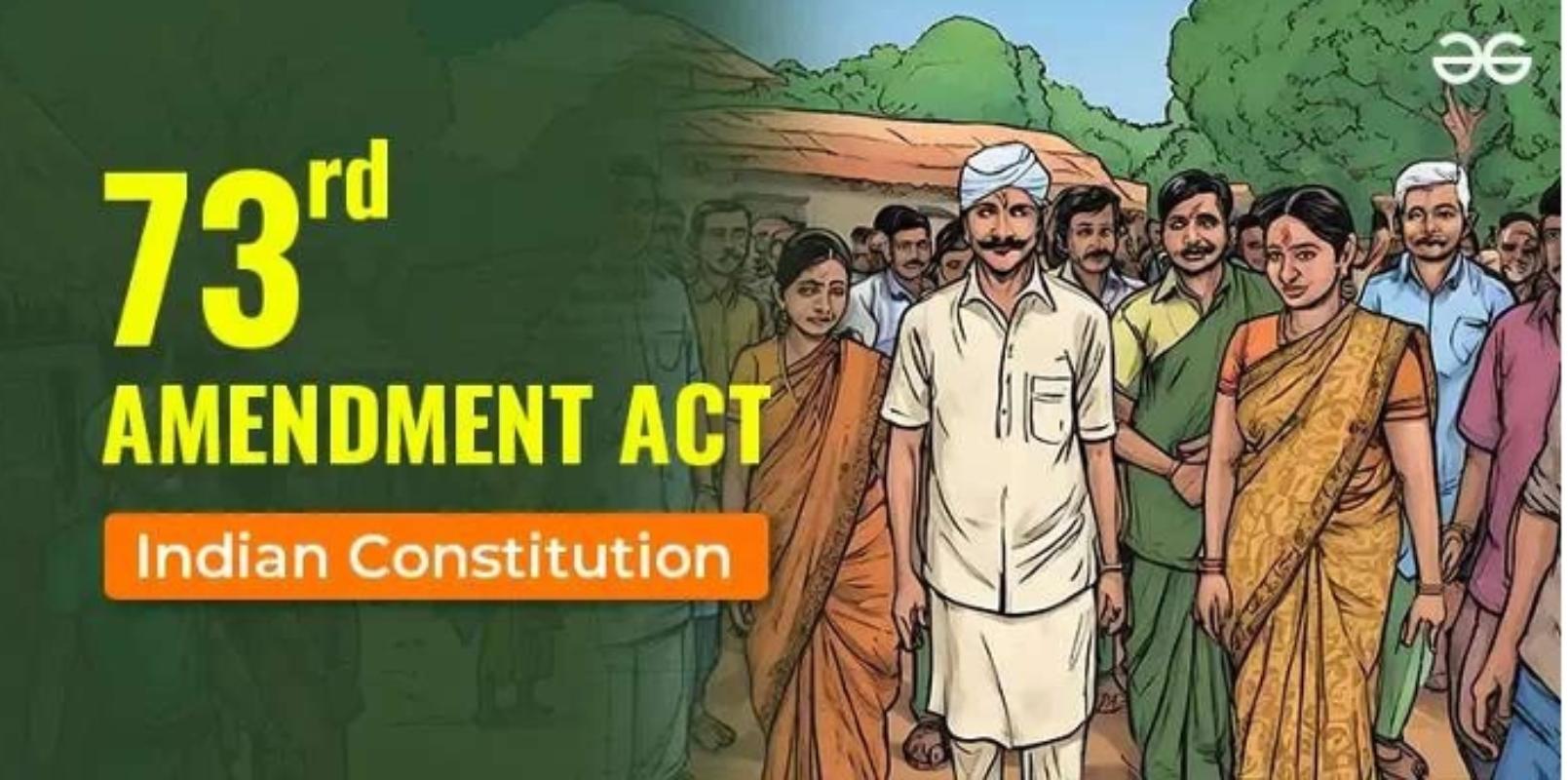
The question
The question is whether the new opportunity can be utilized by the people. There is an axiom that when power is devolved to a low level institution from a higher level institution with much responsibility and power, social collectivities will organize themselves with different identities to capture the power and so the provision granted by the Constitution will be denied by the community.
This new opportunity is to be seen in this light. While reviewing the literature, one finds that interesting trends are emerging from the field. There are forces working silently and subtly against this process of deepening of democracy as a large number of beneficiaries in the present system are going to be affected in this process; wherever the social collectives are already empowered through different identities, they have started asserting themselves in the public space but their assertions are not positively responded to [19].
This creates tension among the collectivities. It gives a sense that this provision creates conflict among the collectivities. It is to be done peacefully. Whenever Panchayat leaders are from the dominant community, they draw the people for participation but it is not participation but congregation. But whenever the leaders are able to understand the system perfectly, they deliver the services to the level of expectation and hence they draw people to the public space for participation at the grassroots. It has to go beyond this stage.
Wherever the social collectivities, especially those from the marginalized, are empowered and assertive, they have started asserting themselves and posited a volley of questions in the Gram Sabha to safeguard their interests. Their demands such as continuous drinking water supply to their hamlets to the level of need, effective service delivery from primary health centres, proper distribution of essential commodities from the public distribution systems shops, proper distribution of government benefits to the eligible beneficiaries, making educational institutions of the government function effectively and efficiently as they only cater to the needs of the poor and marginalized.
When voices are raised by the marginalized groups, those who hitherto enjoyed power and position felt uncomfortable whether they were people from dominant castes or the bureaucracy. It became evident from the field work that the marginalized groups were not allowed to participate in full as it would destabilize the position of dominant groups which hitherto enjoyed power, status and position.
Wherever the marginalized groups have determined to participate there one finds conflict[20]. Because of their numerical strength, they have got the power to alter the leadership. Many have fostered new alliances with Dalits and SHG women to capture power and accordingly the leadership style has been changed[21].
When a new opportunity is being given to the poor and the marginalized, they have started raising their issues pertinent to the issue of piece of land for their shelter, continuous employment opportunity, effective delivery of service to them by the government departments free of cost. Effective and capable leaders will manage the institutions in a transparent way of administration and accommodate the marginalized groups under this fold.
Thus a new leadership is emerging because of the participation of the poor and marginalized. There are Panchayat leaders who have converted the Panchayat and Gram Sabha into information centres, discussion centres, guidance centres, and councelling centres by which the poor and marginalized are being helped.
But in many places it is seen that efforts are taken to keep the poor and the marginalized away from the corridors of power and the new spaces created for the participation of the poor and marginalized. There are places where intensive conflicts are goings on among the different segments of the committees.
One thing is clear that the Constitutional Amendment has created a new avenue and opportunity to the marginalized to go nearer to power and to get things done for them. It is to be noted that what Mahatma Gandhi wanted to achieve through Panchayats by the participation of the people can be achieved by utilizing the new opportunity created through the 73rd Amendment to the Constitution of India, provided the Gandhian scholars and activists contextually conceptualize the Gandhian framework of governance[22].
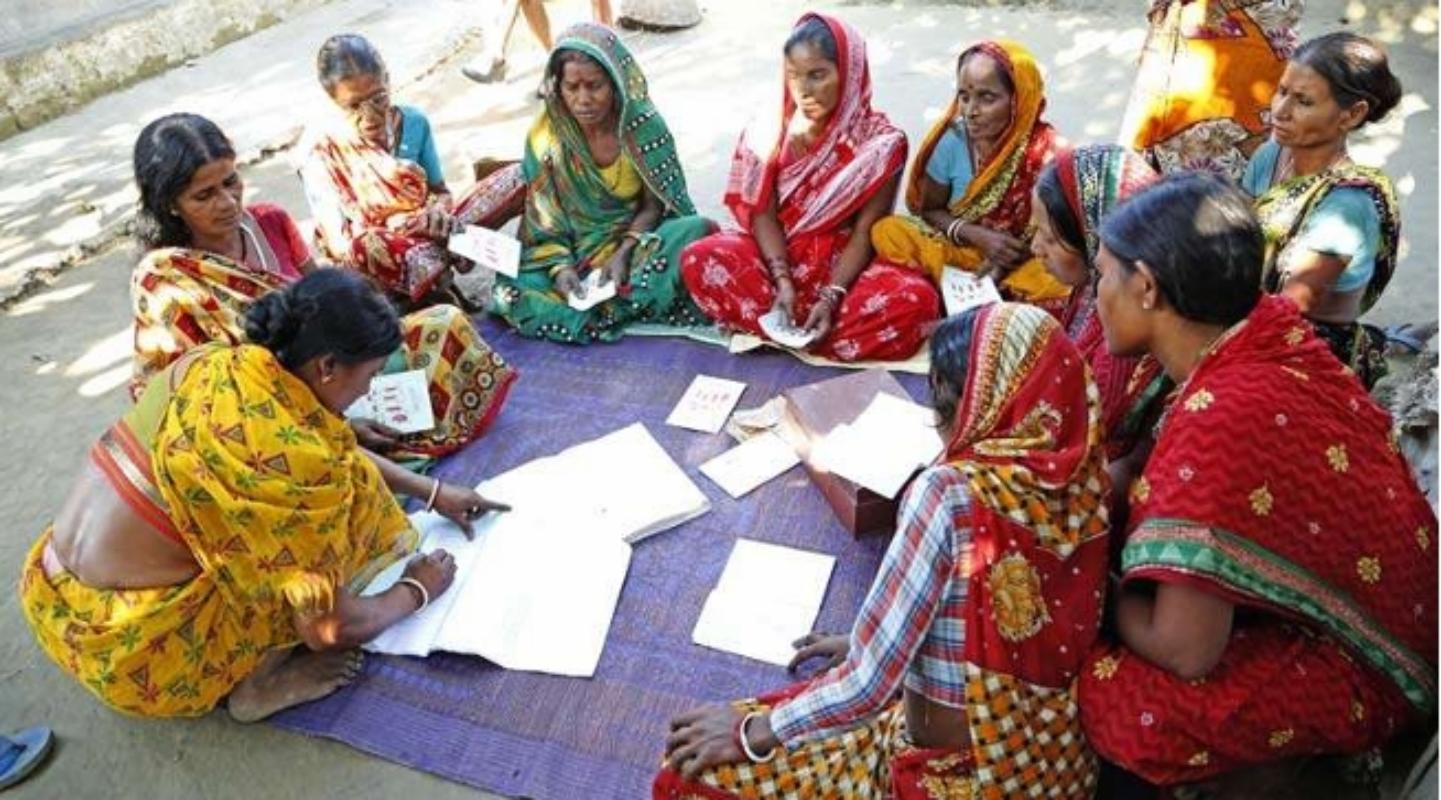
Conclusion
What is to be done is more important than what has been done as changes are fast in the society. First, to make the people participate, in governance steps have to be taken fast. It is obvious that in a society where people are deeply divided on caste and are under a strong patriarchy one cannot expect that things will be changed fast.
It is difficult to remove all the barriers and obstacles at the grassroots for the marginalized to participate in the decision making process. Mobilizing the poor and marginalized for public action in the context of resistance from above is a stupendous task for which the leaders at the grassroots should have needed skill and capacity. The leaders who are in the process of mobilizing the poor, marginalized and displaced need a strong support base from the civil society to sustain their activities.
Likewise the poor and the marginalized need capacity and support for their participation in public discourse as it alters the existing paradigm of governance and development.
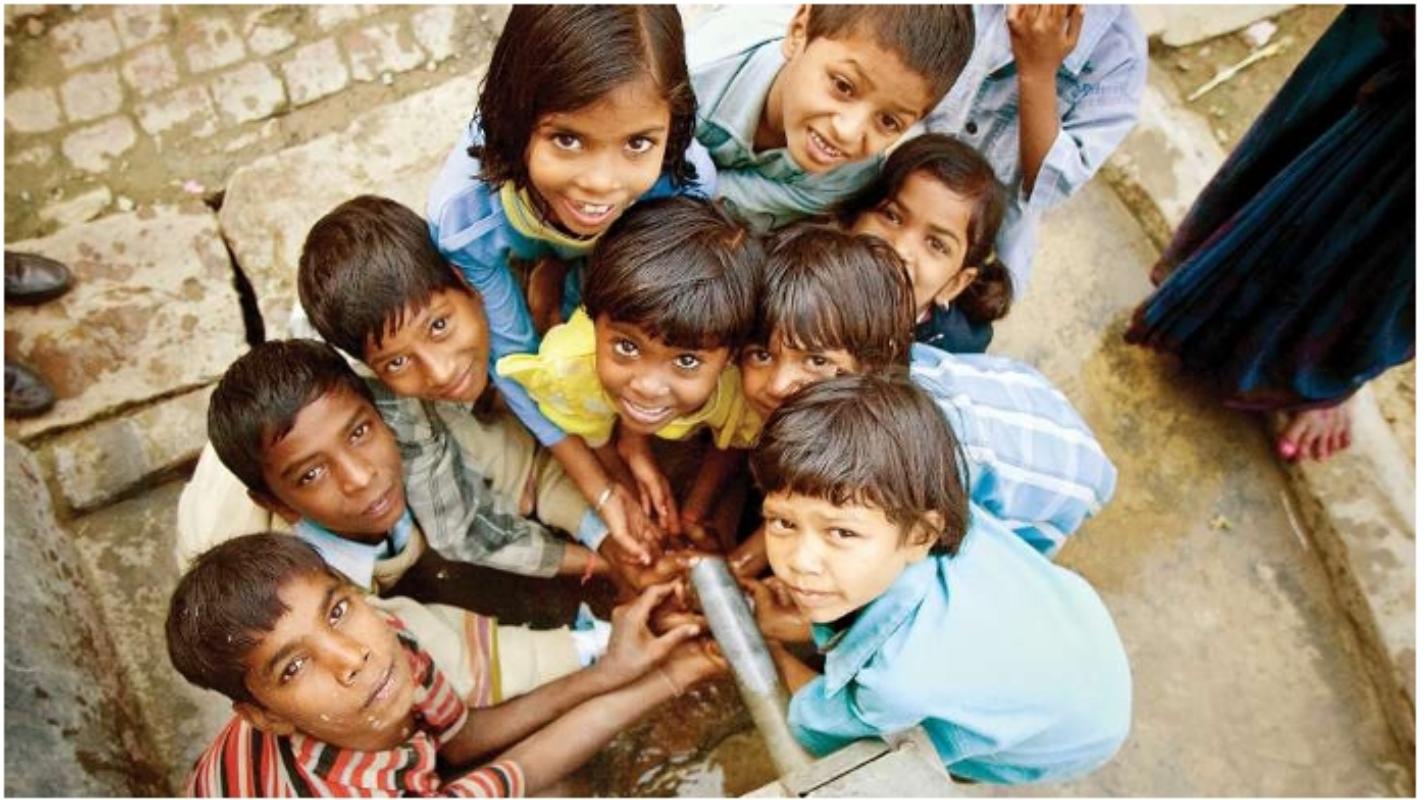
The present scenario of participation indicates only violence and conflict as the participation of the poor and marginalized has made the people who are at the helm of affairs uncomfortable.
Thus powers have to be given to the lowest unit of governance to take vital decisions on issues which affect the people. This will draw more number of people to participate. Normally people are excluded from participation because they are kept away from knowledge consumption, resources and technology.
To empower the people, the capability of the people has to be enhanced. But the existing conditions create a gap among the collectivities in terms of knowledge endowment, resource endowment and technology endowment.
So the existing gap has to be bridged among the collectivities. For this, policy options have to be sought. Further an innovative and active democratic culture can be created at different levels to allow the excluded to participate in the process of governance and development.
Notes and references
- Huntington, P., (1991), The Third Wave: Democratization in the Late Twentieth Century, London: University of Oklahoma Press.
- Atul Kohli, “Crisis of Governability” in Politics in India (ed), Sudipta Kaviraj, (1997), Delhi: Oxford University Press, pp 383-387.
- John Gaventa, “Participatory Local Governance: six propositions for Development”, IDS Paper presented to the Ford Foundation LOGO programme officers’ Retreat, June 2001.
- The World Bank, (2001), World Development Report 2000-2001, Attacking Poverty, New York: Oxford University Press.
- Narayan, , Chambers, R., Sha, M.K., and Petesch, P., (2000), Voices of the Poor: Crying Over for Change, Washington D.C., World Bank, 2000.
- Common Wealth Foundation, (1999), Citizens and Governance: Civil Society in the New Millennium, London: Common Wealth Foundation.
- Clark, M., and Stewark, J., (1998), Community Governance, Community Leadership and the New Local Government, London: Joseph Rowtree Foundation.
- Manor, (1995), IDS, Bulletin April.
- Hooghe, , and Marks G., (2003), “Unraveling the Central State, but How? Types of Multilevel Governance”, American Political Science Review, Vol.97: No.2, pp.233-243.
- Kripa Ananthapur (2004), “Interfaces in Local Governance: A Study in Kamataka” Working Paper No.187, Madras Institute of Development Studies.
- Manor, (1999), The Political Economy of Democratic Decentralization, Washington, D.C: The World Bank.
- Boutros Boutros, Ghali, (2002) The Interaction between Democracy and Development, Paris: 13. L.C.Jain, “Liberated: The State, From the Constitution”, Down To Earth, (January 2005), p.58.
- Fung, A., and Wright, E.O., (2001), “Deepening Democracy: Innovations in Empowered Participatory Governance”, Politics and Society, 29:1, pp. 5-41.
- Hari Mohan Mathur, (1986), Administering Development in the Third World Constraints and Choices, New Delhi: Sage Publications, p.19.
- UNESCO, (1979), Meeting of Experts on the Institutional Problems of Participation in the Strategies of Integral Rural Development, Paris: UNESCO, p.15.
- Palanithurai; Process and Performance of the Dalits and Women Gram Panchayat Presidents, New Delhi: Concept Publishing Company, 2005.
- When a committee was constituted to Review the Constitution, a curious question was raised as when many of the major provisions are operationalised for the benefit of poor and marginalized why a committee to review the Constitution. This was raised by Granvile Austin a Constitutional Pandit who guided many nations in drafting Constitution.
- Palanithurai, Functional Efficiency of Gram Sabha: A Report to the II State Finance Commission, Gandhigram: Rajiv Gandhi Chair for Panchayati Raj Studies.
- Palanithurai, Dalit Leadership in Panchayat (Monograph), Gandhigram: Rajiv Gandhi Chair for Panchayati Raj Studies, 2003.
- Palanithurai, “Women in Governance for Development at Grassroots”, The Indian Journal of Public Administration, Vol.L: No.1, (Jan-Mar 2004), 347-361.
- If the Village Swaraj by K.Gandhi is reworked in the current context, the 73rd Amendment will fit into the framework of Gandhi. M.K.Gandhi, Village Swaraj, Ahmedabad: Navajivan Publishing House, 1962.

